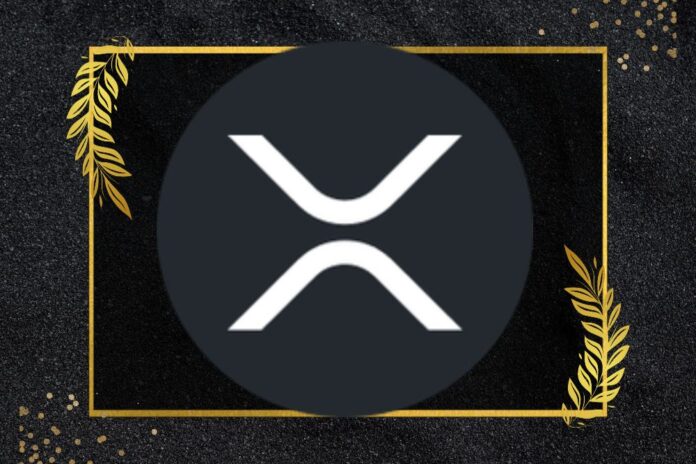A recent Forbes article has sparked debate within the cryptocurrency industry by casting a critical lens on the Ripple ecosystem, specifically the XRP Ledger (XRPL) and its native token, XRP.
The article labeled the XRPL, alongside 19 other blockchains, as “zombie chains” with minimal utility. However, this categorization has been met with strong counter-arguments from XRP proponents.
Read Also: Forbes Says XRP Price Is Set for Face-Ripping Rally. Here’s why
XRPL’s Continued Relevance Despite Criticism
Despite being introduced over a decade ago, the XRPL maintains a presence within the blockchain landscape. The Forbes article argues that the XRPL lacks significant global money flow, hindering its ability to replace the dominant cross-border payment system, SWIFT.
While SWIFT currently processes a much larger transaction volume, the XRPL has carved a niche for itself in the remittance space. However, it’s believed that several financial institutions utilize Ripple’s On-Demand Liquidity (ODL, now RippleNet) product for faster and more cost-effective cross-border settlements.
For instance, Bitso, a leading cryptocurrency exchange, processed $3.3 billion in remittances between Mexico and the U.S. in 2022 primarily through XRP and stablecoins. Ripple’s Q1 2023 report further bolsters this point, highlighting the success of ODL with nearly $3 billion processed in Q4 2022, even amidst a global banking crisis.
Beyond Transaction Fees: Understanding the XRPL’s Design
The article goes beyond criticizing XRPL’s ability to disrupt SWIFT, aiming for XRP’s perceived lack of utility despite its significant market capitalization exceeding $36 billion. The metric used to gauge this supposed “uselessness” is the accumulated transaction fees, which amounted to a mere $583,000 in 2023.
However, this figure fails to consider XRPL’s core design philosophy. Unlike traditional payment systems, the XRPL levies meager transaction fees, averaging only $0.0002 per transaction. In stark contrast, SWIFT charges anywhere from $10 to $100 for a wire transfer.
Additionally, the XRPL does not rely on transaction fees as a revenue stream. Instead, these fees serve as a deterrent against spam transactions congesting the network. Considering the network processes over 1 million transactions daily with such minimal fees, this can be viewed as a positive attribute.
Criticising Innovation: Is Ripple a “Crypto Zombie”?
The characterization of Ripple as a “crypto zombie” rests on the notion that XRP’s high daily transaction volume doesn’t translate to substantial utility. The article suggests alternative solutions for cross-border payments exist, but fails to acknowledge XRP’s advantages in terms of speed, cost-efficiency, and transaction success rates compared to these alternatives.
Furthermore, the article criticizes Ripple’s recent acquisitions, such as Standard Custody and Trust, and its involvement in Central Bank Digital Currency (CBDC) pilot programs with countries like Palau. The criticism stems from these developments occurring after Ripple’s existence for over a decade.
We are on twitter, follow us to connect with us :- @TimesTabloid1
— TimesTabloid (@TimesTabloid1) July 15, 2023
Read Also: Forbes: XRP To Follow As Bitcoin Clears Path To $150,000
Including XRP on a list of 20 “good for nothing” blockchains alongside established players like Cardano, Bitcoin Cash, Litecoin, and Stellar further ignited controversy. The list also curiously omits prominent blockchains beyond Bitcoin and Ethereum, raising questions about the selection criteria.
Industry figures like Panos Mekras, co-founder of Anodos Finance, have strongly condemned the article, calling it “nonsense” and highlighting the author’s lack of thorough research.
Yeah… excellent piece of nonsense and misinformation by @Steven_Ehrlich who is clearly misinformed and didn't bother to do the basic research for the piece he wrote. Unfortunately, these are the idiots who write on mainstream media and "lecture" the public and the masses.
— Panos 🔼{X} (@panosmek) March 27, 2024
The recent Forbes article has generated significant debate regarding the utility and prospects of the XRP Ledger and XRP.
While the article raises valid points for discussion, its overall criticism appears selective and lacks a comprehensive understanding of XRPL’s unique value proposition within the evolving financial landscape.
Follow us on Twitter, Facebook, Telegram, and Google News


